The Legends of Dilmun
Is this amazing tableau depicting Gilgamesh and Enki 4,000 years old?
The Bahrain National Museum has on display a captivating tableau depicting the ancient Mesopotamian epic of Gilgamesh and Enki (aka Enkidu). The connection between Gilgamesh and the Dilmun civilization lies in the epic’s references to Dilmun (modern-day Bahrain) as a paradisiacal land of bliss and eternal youth. The museum has an entire hall dedicated to the Dilmun civilization, which persisted in this region from 5,000 B.C. to 400 B.C.
Each element of the tableau is rich in symbolism, reflecting the themes and motifs of the ancient epic. On the right, Gilgamesh is portrayed holding a lion in his left arm and a snake in his right hand. Both animals are highly symbolic. The lion symbolizes royalty, referring to Gilgamesh being the King of Uruk, and the snake represents a wide array of both positive and negative elements, which Gilgamesh has control over. On the left of the tableau is Enki, from whose shoulders spring two rivers, the Tigris and Euphrates. Fish abounds in both rivers, a sign that Enki is seen as the provider of life and sustenance. The eagle resting on Enki’s arm stands for courage, strength, and immortality.
In the tableau, there is no hint of the initial clash between Gilgamesh and Enki. It most probably represents the two mythical beings at a later stage of the epic, when both were transformed by their friendship. Gilgamesh, depicted as a formidable warrior-king, exudes strength and authority, while Enkidu, wild and untamed, embodies the primal forces of nature. Both are ready to embark on a series of daring quests and confrontations with gods and monsters.
The museum states in unambiguous terms if items on display are replicas, and it does not say so in regard to this tableau. It is, therefore, tempting to conclude that this is a 4,000-year-old artifact. Yet, the tableau is so well-preserved that doubt is warranted. The survival of the two shades of blue perfectly highlighting the rivers and the fish is all but impossible. It is safe to say that even if this is an original artifact, it was probably subjected to a hefty amount of restoration.

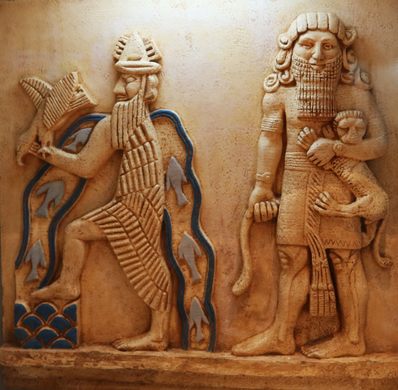
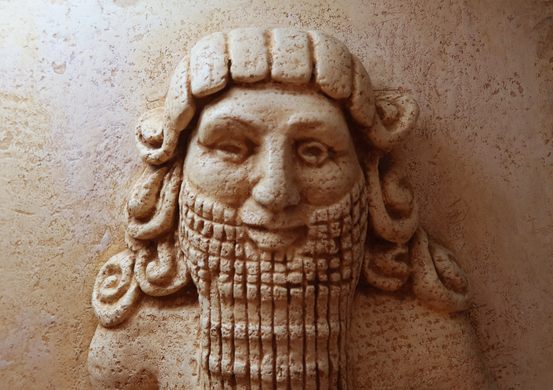
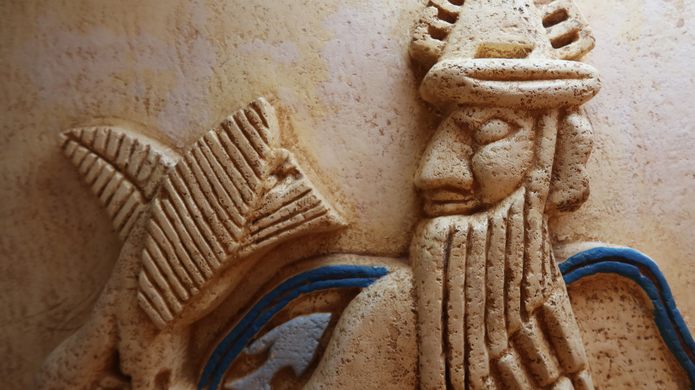




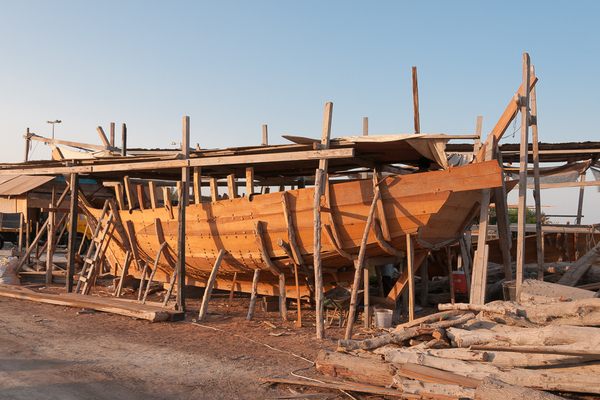


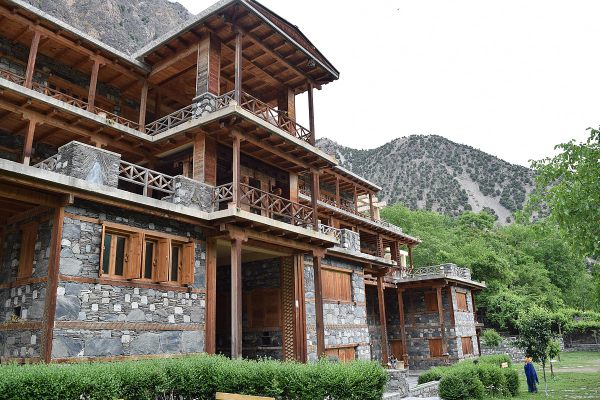




Follow us on Twitter to get the latest on the world's hidden wonders.
Like us on Facebook to get the latest on the world's hidden wonders.
Follow us on Twitter Like us on Facebook